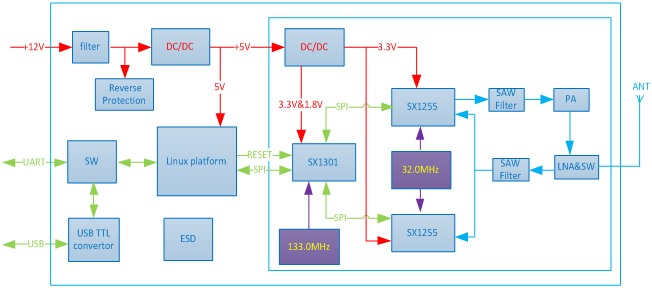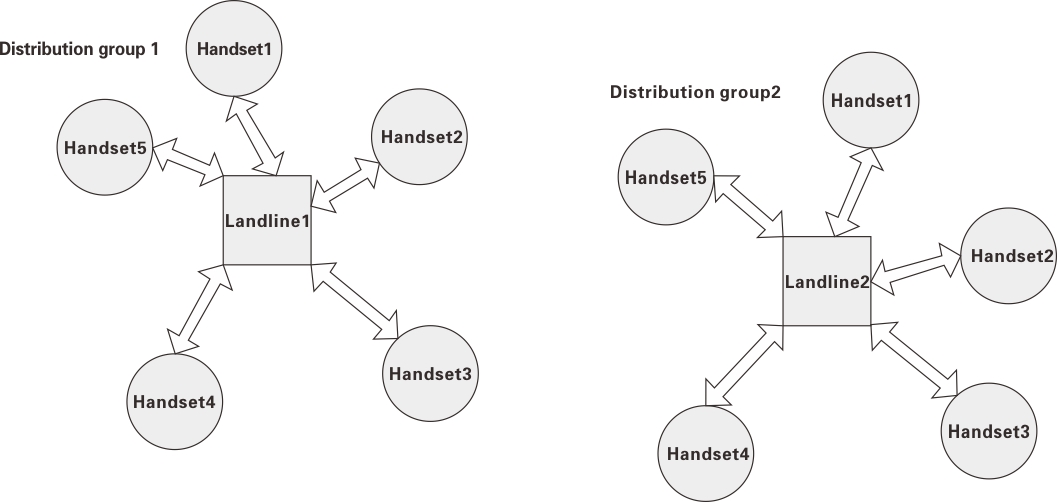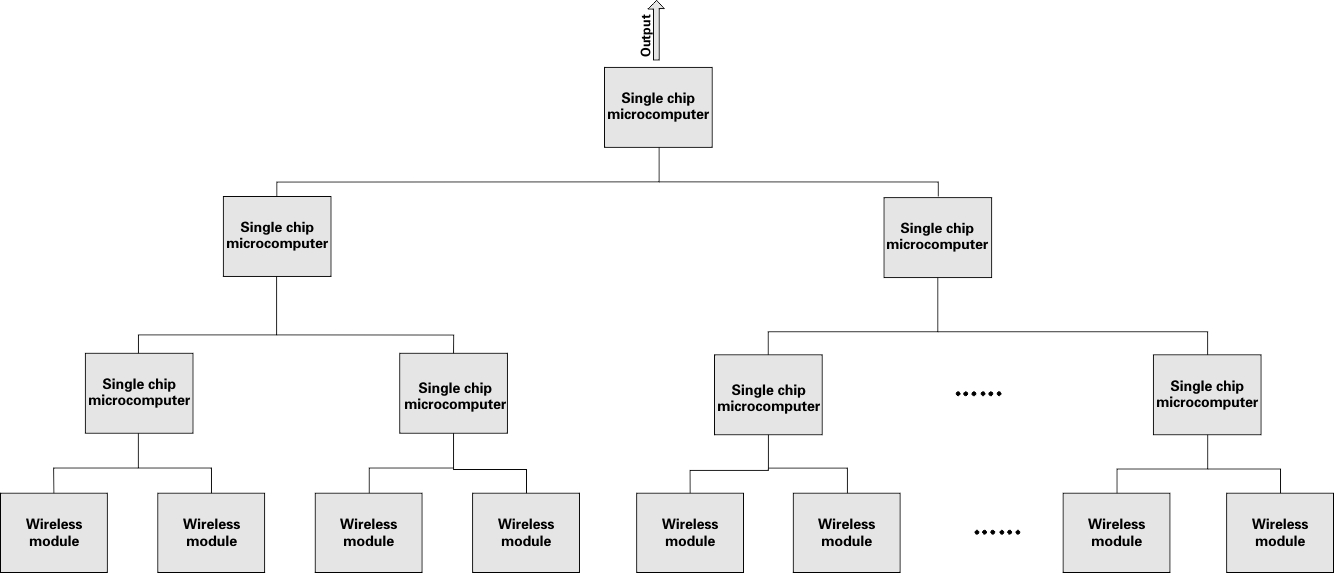Introduction of LoRaWAN gateway server
Introduction of LoRaWAN gateway server
LoRaWAN is a set of communication protocol and system architecture designed for LoRa long-distance communication network. A LoRaWAN network architecture includes four parts: node, gateway, and Raspberry Pi. Among them, the nodes are generally controlled by sensors or switches to realize remote sensor data collection or switch control applications.
The LoRa gateway is responsible for collecting node data, encapsulating it, and forwarding it to the LoRaWAN server. The LoRaWAN server is responsible for the integrity check of the upstream and downstream data packets. The user server is responsible for network activation of OTAA devices, encryption and decryption of application data, and business logic processing.
When the node data finally reaches the user server, it needs to go through the node-gateway-LoRaWAN server-user server. The node is embedded development, and the LoRa wireless communication between the node and the gateway requires hardware circuit matching.
The gateway needs multi-thread processing to support multi-channel wireless parallel communication requirements, and the LoRaWAN server and user server are developed for the network server. The development environment required by each part is different, causing development difficulties.
Advantage of LoRaWAN gateway server
The LoRaWAN gateway server integrates the gateway, LoRaWAN server and user server in the LoRaWAN system architecture for the convenience of users, so that users can build a LoRaWAN network without deep understanding of the LoRaWAN communication protocol and multi-platform development.
The solutions provided by NiceRF:
The LoRaWAN gateway server uses Raspberry Pi as the control system, and the functions of the gateway, LoRaWAN server and user server are implemented by applications in the Raspberry Pi.
The gateway function is implemented by the gateway program, which collects node data for encapsulation.
The LoRaWAN server and user server functions are implemented by the server program, which is responsible for the integrity check of the upstream and downstream data packets, the activation of the OTAA device, the encryption and decryption of application data, and the data processing.
The gateway program and the server program run on the Raspberry Pi at the same time and communicate through sockets.
Uplink data transmission steps:
Step 1. The node sends data to the gateway program.
Step 2. The gateway program collects data and encapsulates.
Step 3. The gateway program uses socket to send to the server program.
Step 4. The server program receives the data and decrypts the data after the verification is correct.
Step 5. The server program outputs the decrypted data to the serial port for users to use.
Downlink data transmission steps:
Step 1. The server program receives the data input by the serial port.
Step 2. The server program encrypts the data input by the serial port and verifies it.
Step 3. The server program sends the encrypted data to the gateway program using socket.
Step 4. The gateway program sends encrypted data to the node.
Step 5. The node receives the data and processes it.

 +86-755-23080616
+86-755-23080616
 sales@nicerf.com
sales@nicerf.com
Website: https://www.nicerf.com/
Address: 309-314, 3/F, Bldg A, Hongdu business building, Zone 43, Baoan Dist, Shenzhen, China




